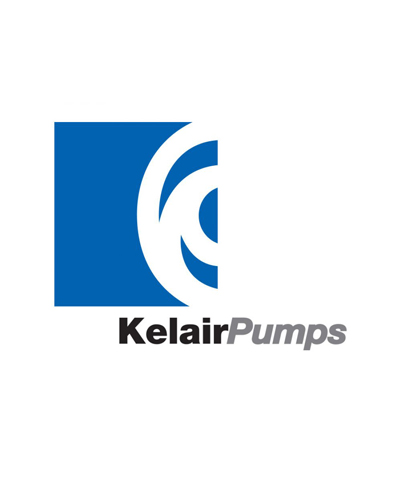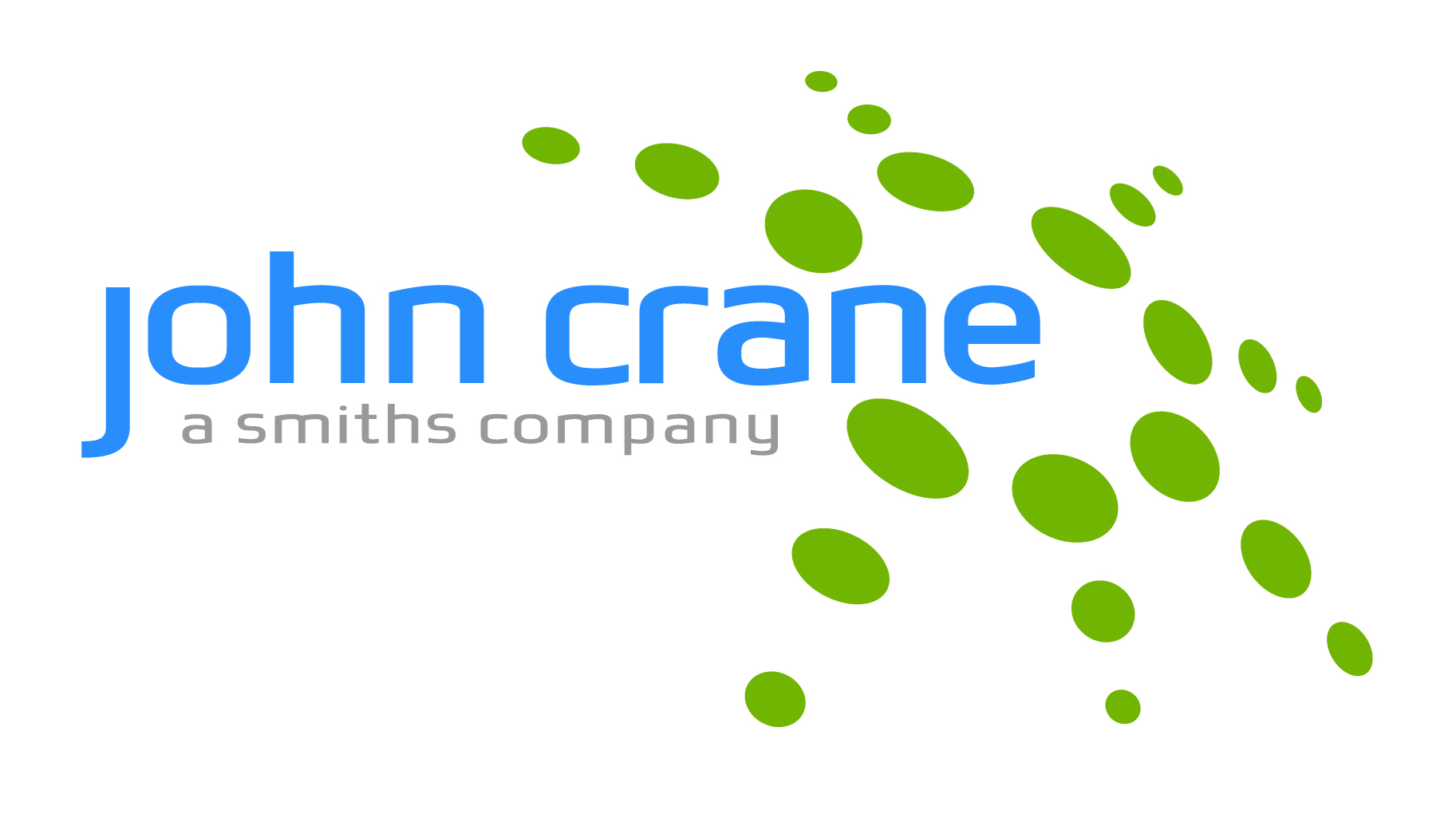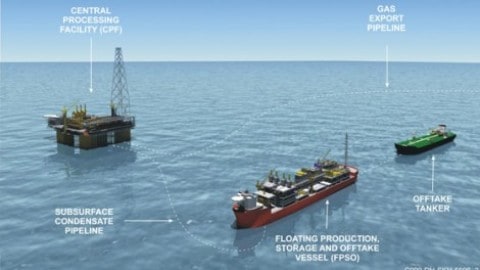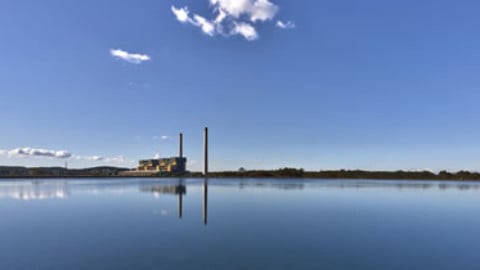A pump at Comet Ridge’s Mahalo gas well project located in the Bowen Basin (QLD) has shown constant speed since the beginning of 2016, resulting in a steady increase in gas rate and production from the well.
The Mahalo 7 horizontal surface to in-seam well is being produced in combination with the Mahalo 6 vertical intercept well, via the pump in Mahalo 6.
Since the time of the last operational update in late January 2016, the pump speed has been held constant while the gas rate has continued to steadily increase over this time with successive reductions in well bottomhole pressure.
The gas rate has now passed 426,000 standard cubic feet per day.
The production operator is about to bring the vertical wells back on line, to contribute further to the total Mahalo pilot gas production.
These vertical wells will be brought back on line individually, with sufficient time between, to closely observe well performance trends.
Comet Ridge said it is pleased with the upward gas rate trend from Mahalo 7, with the well being a short horizontal proof of concept well and therefore is only contacting approximately 360 metres of coal.
A development horizontal well in this area should be much longer and in contact with significantly more coal with proportionally higher gas rates.
Comet Ridge Managing Director, Tor McCaul, said in addition to strong gas flow performance, the Mahalo 6 and 7 combination had produced relatively minor amounts of water – around 20bbl per day, with the trend in water production now reducing.
This indicates that water handling capital and operating cost expenditure in a development scenario may be very low, further strengthening the Comet Ridge’s view on the value of the asset.
The Mahalo project is located approximately 240km west of Gladstone in the southern Bowen Basin.
The Project is located just 11 kilometres from an infrastructure connection to the Gladstone LNG market with significant gas supply requirements.
Equity participants in ATP 1191 (formerly ATP 337P) Mahalo are Comet Ridge Mahalo (40 per cent), Australia Pacific LNG (30 per cent) and Santos QNT (30 per cent).


















